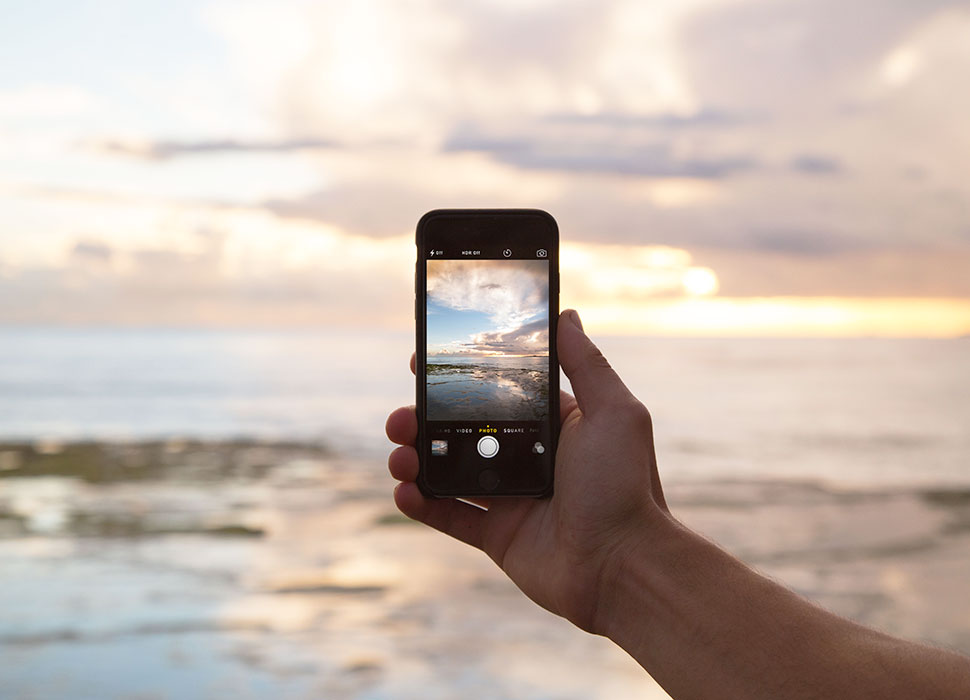You may purchase phone plans with more than enough data to cover things like casual web surfing and streaming the occasional song. But you may not realize that browsing Facebook could be a big hit against your data plan too.
According to Cisco’s online VNI Services Gauge Tool, one hour of browsing through social media can use up 90 megabytes, which is more than twice the amount of data that streaming music uses in the standard “normal” quality per hour..
It means that if you spend an hour a day on social media over a cellular network, you could be using 2.7 GB of data a month. Even half an hour of daily social media browsing could consumer 1.35 GB.
A lot of that usage is likely due to the auto-play video Facebook recently added to its app. The videos appear at different rates for each user based on a variety of factors in Facebook’s newsfeed algorithm. Twitter is also said to have a similar feature coming to its feed soon.
You can disable the auto-play option for newsfeed videos when you’re on a cellular network by going in to the Facebook app and tapping the options button (the three horizontal lines on top of each other) found on the bottom right for the iOS version, and towards the top right for the Android version. Then tap Account Settings > Videos and Photos > Auto-play > disable Smart Auto-play > and tap Use Wi-Fi Only.
Music and Video Streaming
Streaming music at the normal, average stream quality for an hour will use up 43 megabytes of your data plan per hour. It may seem insignificant, but it equates to about 1.3 GB of your plan per month if you stream music every day for an hour over your carrier’s cell network. Some streaming services stream music at a lower 64 kbps, which uses up less data.
And if you prefer to stream music in higher quality (at 320 kbps) when you’re not connected to a WiFi network, you’re looking at 144 megabytes per hour. That’s 4.32 GB per month if you stream high quality music every day for an hour over a cellular network.
You may purchase phone plans with more than enough data to cover things like casual web surfing and streaming the occasional song.
If today were the last day of your life, would you want to do what you are about to do today?
But you may not realize that browsing Facebook could be a big hit against your data plan too.
According to Cisco’s online VNI Services Gauge Tool, one hour of browsing through social media can use up 90 megabytes, which is more than twice the amount of data that streaming music uses in the standard “normal” quality per hour.
It means that if you spend an hour a day on social media over a cellular network, you could be using 2.7 GB of data a month. Even half an hour of daily social media browsing could consumer 1.35 GB.
A lot of that usage is likely due to the auto-play video Facebook recently added to its app. The videos appear at different rates for each user based on a variety of factors in Facebook’s newsfeed algorithm. Twitter is also said to have a similar feature coming to its feed soon.


